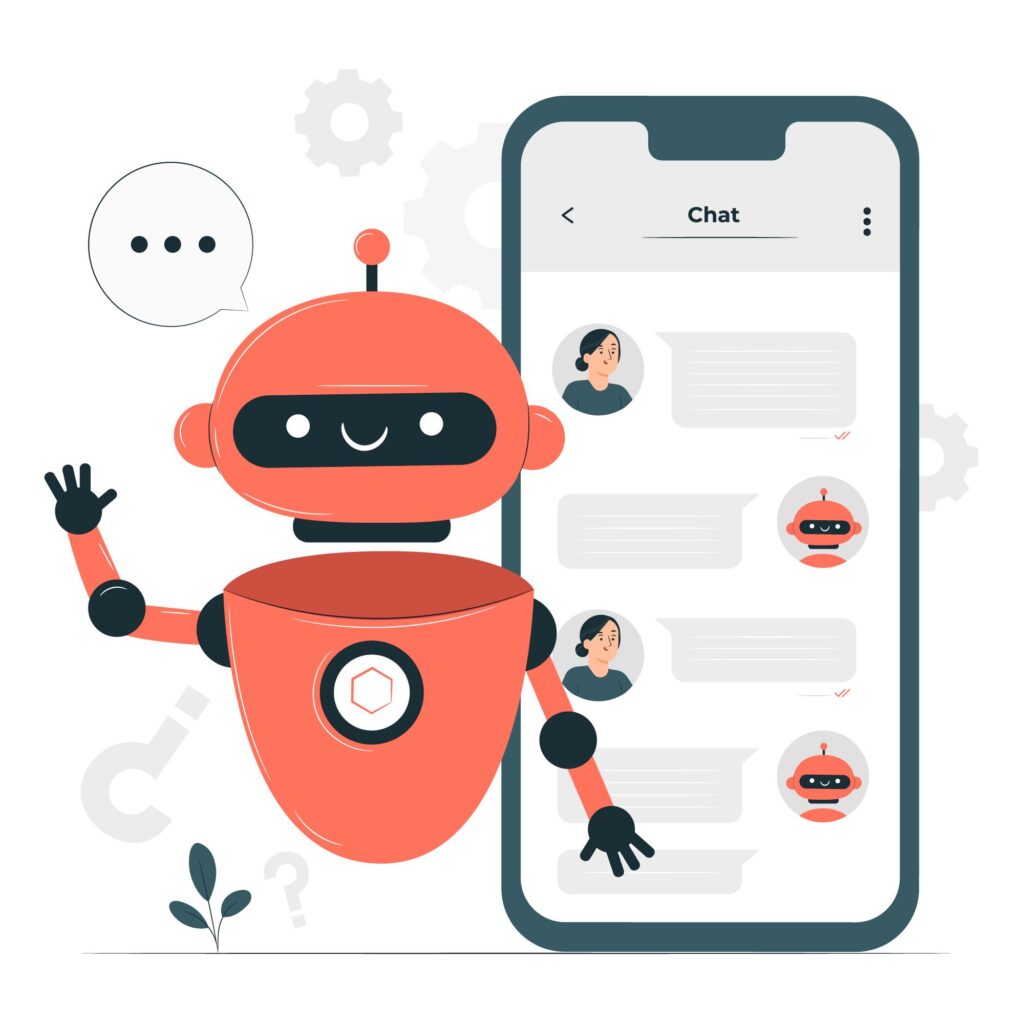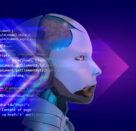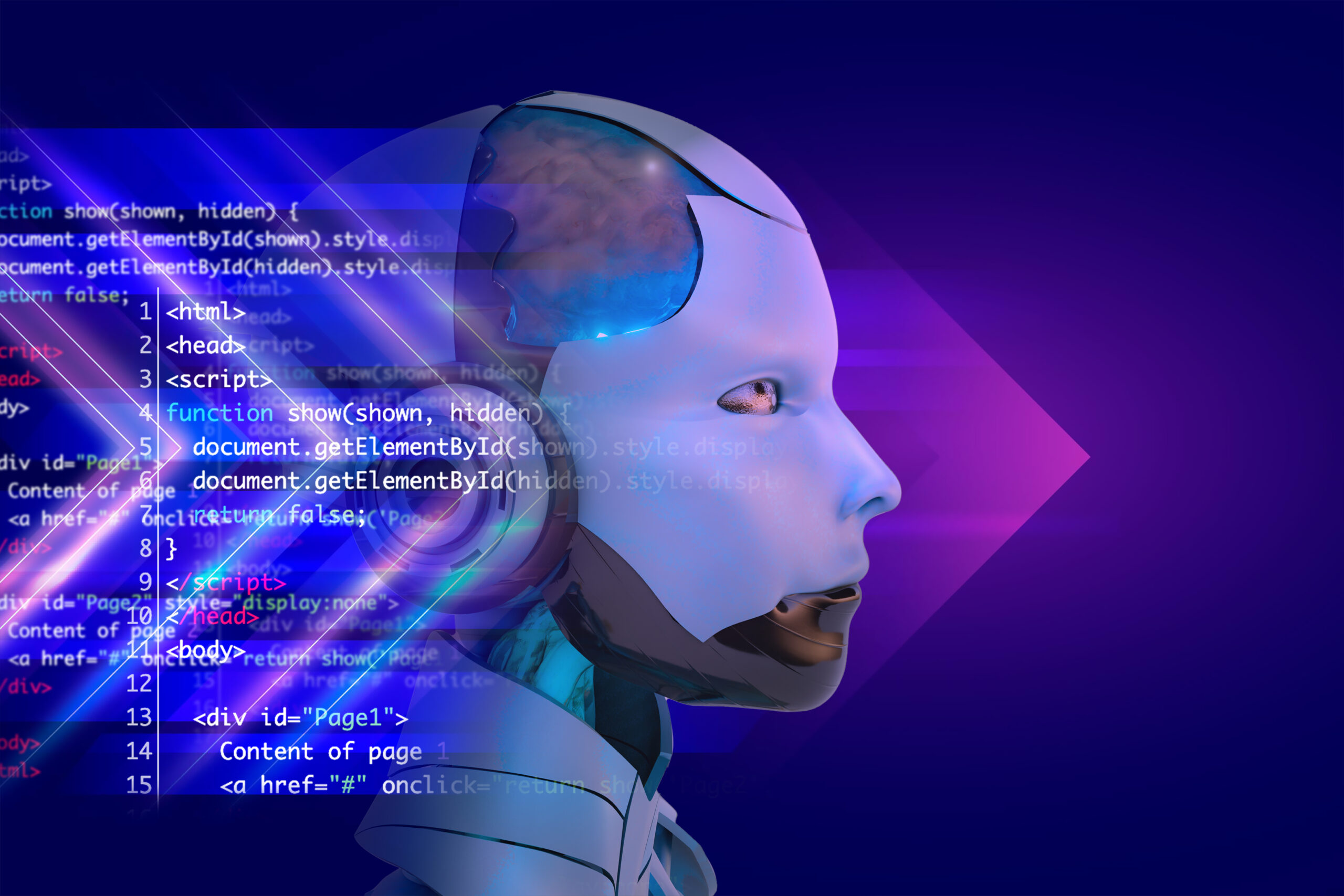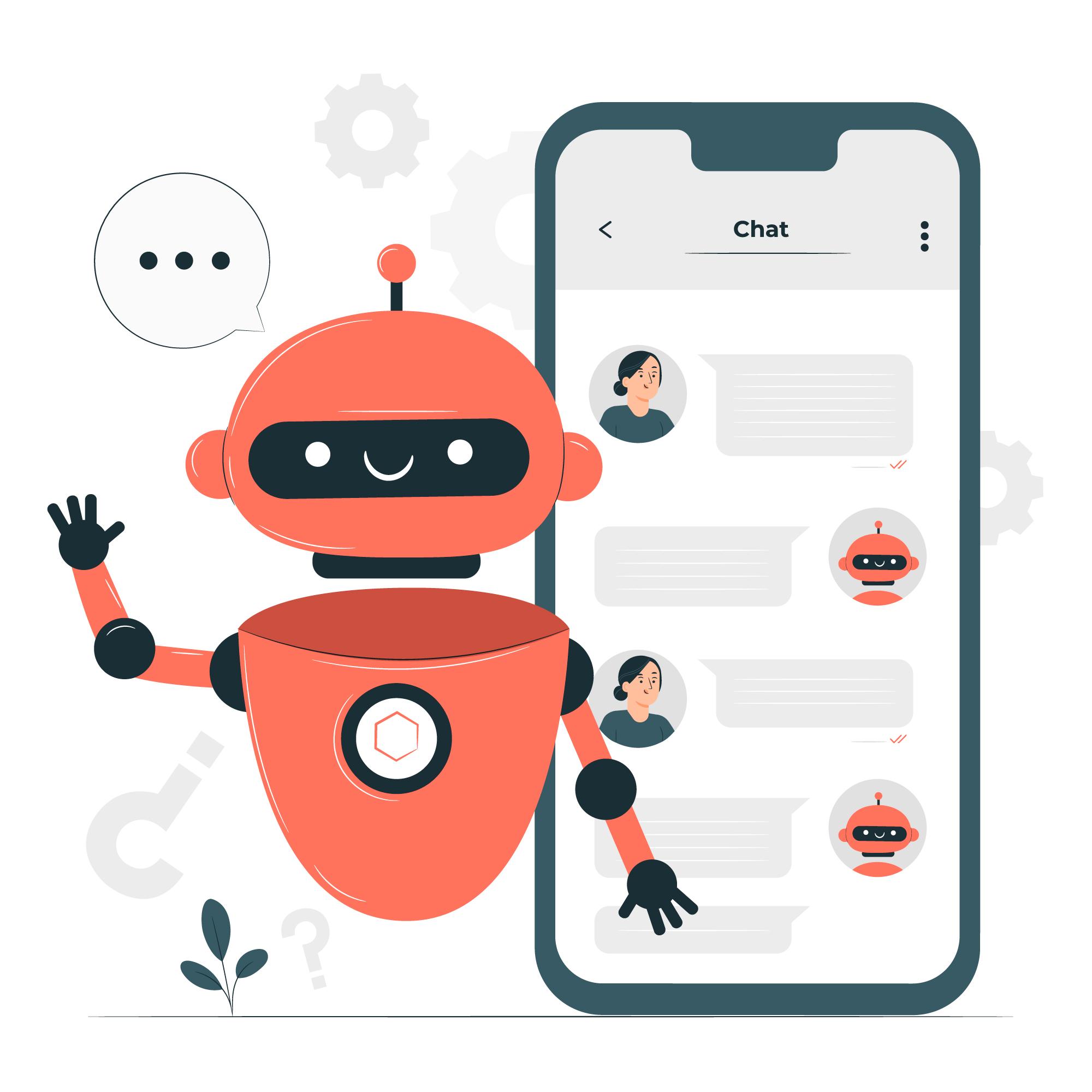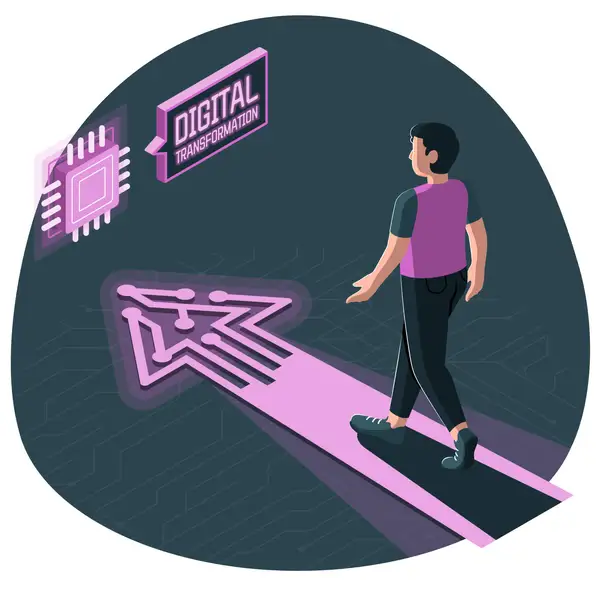“Unless you have been living under a rock, you must have heard the term chatbot”? If your answer is no, let me assure you that you’ve likely already encountered this innovative technology. However, there are still individuals who remain unfamiliar with chatbots, their underlying technology, and how researchers continually enhance their capabilities. Let’s delve into this fascinating subject without delay.
Chatbots are computer programs designed to simulate human-like conversations with people. Isn’t it astounding? In essence, we’ve created machines capable of assisting humans. When we visit service provider websites to perform everyday tasks, a chat section often pops up with the question, “How can I help you?” This is a chatbot, designed to interact with people through text, voice, and links. These chatbots are programmed with a database of common questions and provide answers accordingly.
Contrary to a common misconception, chatbots are not a recent invention born out of artificial intelligence (AI). These services have been utilized for many years. However, recent advancements in AI have elevated chatbots to new heights. They now function as advisors, experts, and problem solvers, adeptly addressing inquiries and requests. Despite these advancements, researchers are continuously working to enhance chatbot capabilities even further. They have become integral to various sectors, including e-commerce, banking, and healthcare. However, a downside is that reports have shown that chatbots have led to a 20-25% reduction in jobs from 2017 to 2020.
How Do Chatbots Work?
Chatbots may seem like complex amalgamations of various processes, but they mainly rely on Natural Language Processing (NLP) and AI to emulate human-like conversations. They analyze user requests and generate appropriate responses based on context. Programmers construct the chatbot’s database to ensure it can handle even non-standard queries, whether they are in the form of text, sentences, or voice messages.
The Architecture of Chatbots
Behind the scenes, chatbots run on pre-scripted programming and AI algorithms. The application programming interfaces (APIs) serve as the backbone for these chatbots, connecting them to the backend via standard protocols like HTTP and websockets, facilitating data exchange.
Types of Chatbots
Chatbots are designed to maintain a positive user experience by providing solutions to various issues. They are categorized based on their functionalities.
Rule-Based Chatbots or Handcrafted Chatbots
These are simpler chatbots that do not heavily rely on AI or Machine Learning (ML). They are programmed to understand queries in a predefined manner, ensuring effective communication with users.
AI and ML Chatbots
These chatbots require an initial dataset to initiate conversations. As their dataset grows, they improve their responses. They excel at specific tasks but might struggle with complex ones. Developing and fine-tuning these chatbots takes time, resources, and expertise.
Hybrid Chatbots
These offer flexibility by blending features of both rule-based and AI/ML chatbots. They handle a wide range of queries, making them versatile solutions.
Uses of Chatbots
Beyond their more well-known applications, chatbots have proven beneficial in the entertainment and healthcare sectors. They can act as online educators, assisting students without direct human intervention. Additionally, chatbots have found a significant role in customer service. They provide round-the-clock support, enhancing customer satisfaction while minimizing staffing costs.
Why do we need to know about Chatbots?
Since the flood sought after chatbots, they have become significant resources for associations, smoothing out tasks, saving time, and streamlining spending plans. Among the positions of tech experts, chatbot designers stand as probably the most generously compensated people, whether in the US or India. These artificial intelligence-driven manifestations have risen above simple robotized reactions and have found their handiness even in the domain of enlistment. By proficiently screening candidates, chatbots demonstrate fundamentals in distinguishing potential competitors who line up with the organization’s prerequisites.
Notwithstanding, the extent of chatbots stretches out a long way past this. They are not restricted to presenting nonstop client meetings; they assume a significant part in deals helps too. Working with item buys and introducing customized indexed lists in view of clients’ inclinations and past purchasing ways of behaving, chatbots have become basic sidekicks in the client’s shopping process. Through their collaborations, they add to the twin mainstays of consumer loyalty and brand dependability, establishing the underpinning of an organization’s obligation to first-rate benefits.
One of the chatbots’ surprising skills lies in lead age. With artfulness, they convert investigations into potential business valuable open doors, enlarging the organization’s development roads. Their capacities go past conditional jobs – they change into proficient review guides, assembling valuable client criticism and experiences. The customized touch they bring to these connections fills in as an important wellspring of data, preparing organizations to refine their administrations and really address client complaints.
Surprisingly flexible, chatbots make their presence felt across different web-based entertainment stages. This multi-stage combination positions them as cutting-edge team leads, promptly captivating clients where they are generally dynamic. As capable conversationalists, they handily handle membership administrations, guaranteeing consistent and client-driven insight. In the job of remote helpers, these computerized substances succeed, easily overseeing undertakings like planning arrangements and appointments, subsequently enhancing their utility.
Basically, chatbots have advanced into considerably more than robotized responders. They have developed into essential parts of business activities, manufacturing associations with clients, cultivating useful learning experiences, and improving general proficiency. Their capacity to wear various caps – from client care specialists to deal facilitators – grandstands their flexibility. As the business scene keeps on developing, chatbots stay at the front line, reshaping client communications and changing the manner in which organizations draw in their crowd.
In conclusion, chatbots have revolutionized the way businesses interact with customers, making them indispensable tools across various industries. From rule-based to AI-powered, their diverse types cater to specific needs. As technology evolves, chatbots are sure to become even more integral to our daily lives.
